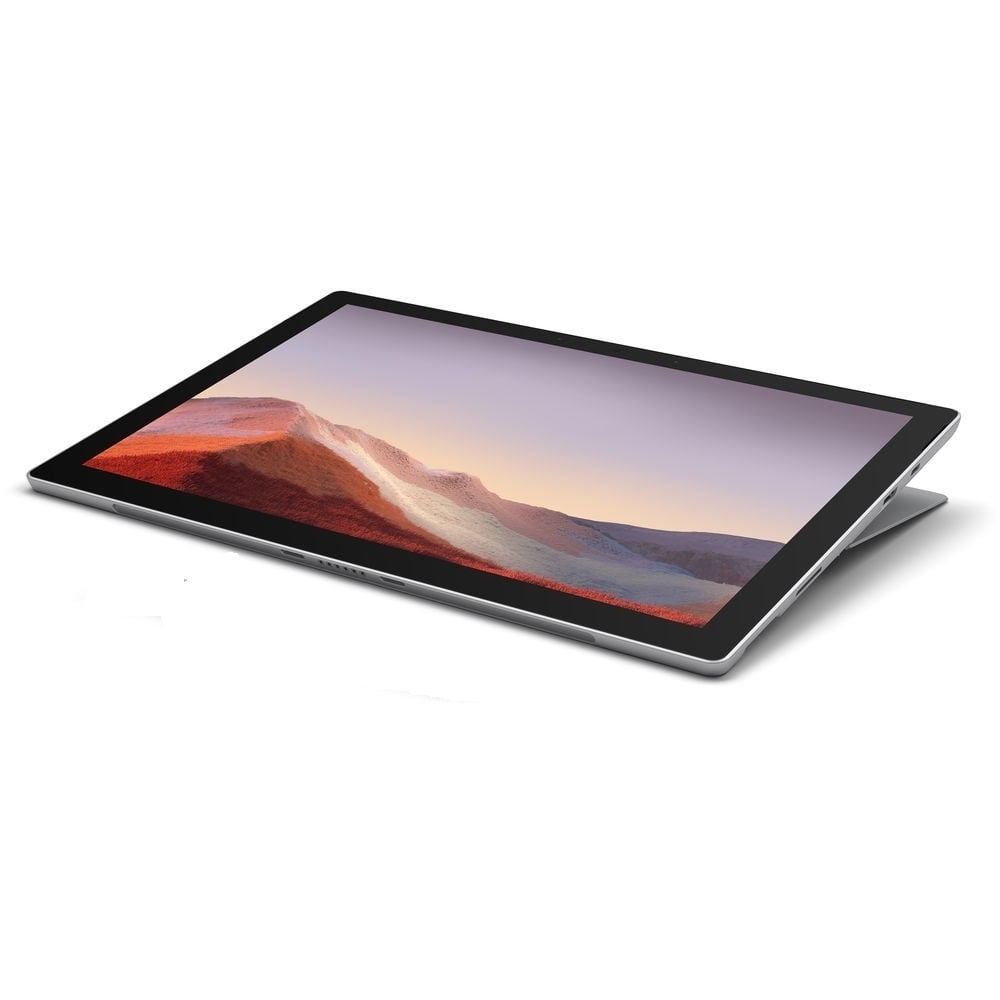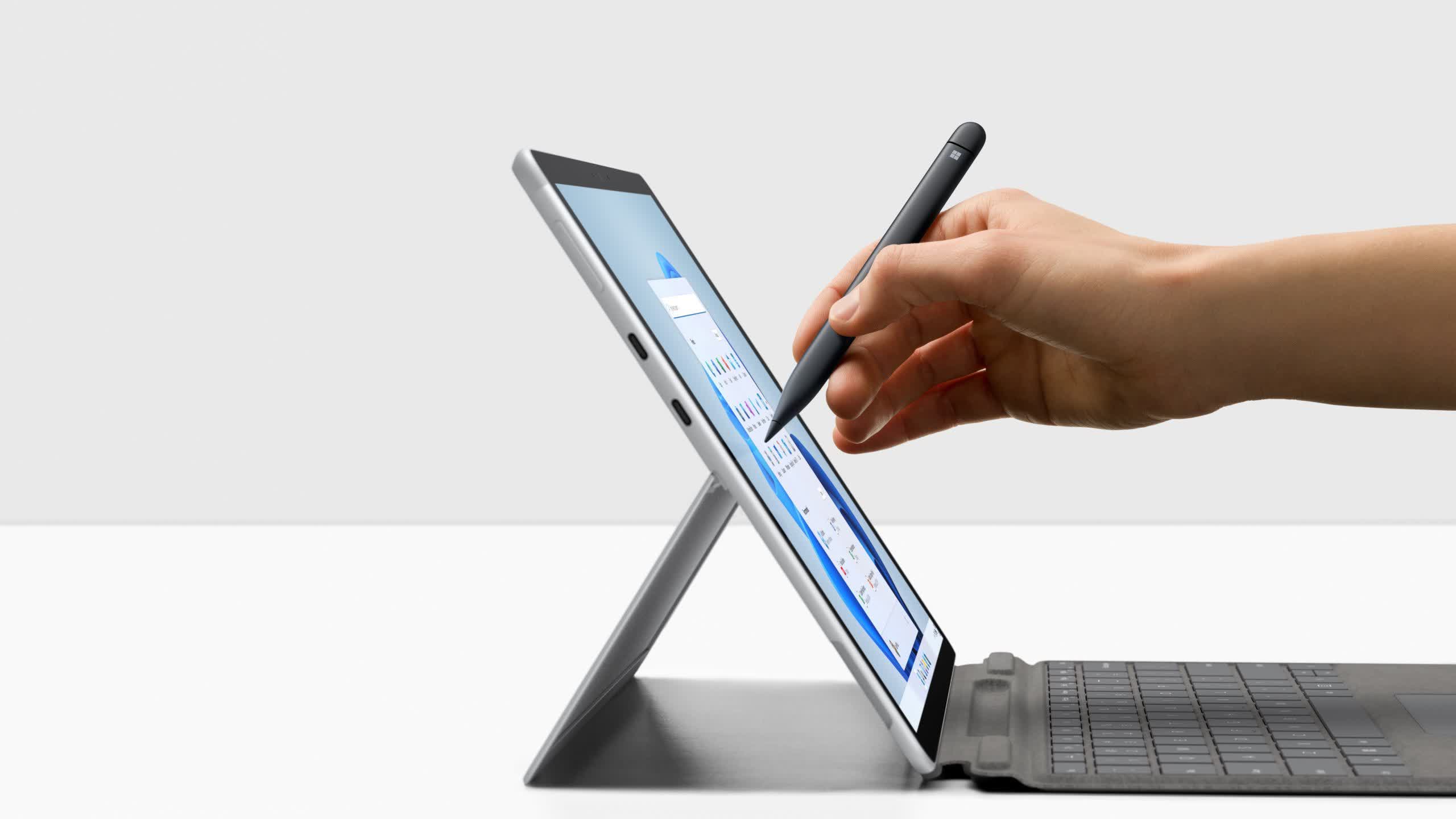

Annoyingly, neither LMDE or Fedora have this issue, so it’s an Ubuntu weirdism.

But for my normal everyday usage, this script fixes the problem. I’ve not tried undocking and redocking, though I suspect that wouldn’t work well. Update: This article at shows a quick and dirty way to fix this. I suspect it works just fine when you’re not docked though. It’s irritating and I’ve yet to find a solution. Sound annoyingly resets itself to the Surface Dock hardware if you have your Surface in a Dock, as I do. Though of course that doesn’t exist on Linux at all 🙂 I found logging in with my face was really hit and miss and I preferred the PIN system anyway. I don’t care since I rarely used them under Windows. If you want to install the Linux-Surface kernel and firmware, I strongly recommend following their guide at Ĭameras. Note that the Jakeday kernel is no longer maintained. Touchscreen works really well with the linux-surface/linux-surface LTS kernel and Wayland. Since I don’t have Flickergate problems I’m not prepared to bust the screen to get it off and fixed! EDIT: See note above. My touchscreen is suffering with ghost touches now though, so I think the N-Trig module is playing up. I did do this when I was playing with Mint and it worked. It’s possible with the some messing around that it might if you install the JakeDay kernel or the linux-surface/linux-surface kernel. That was, I have an external monitor as well, and the different DPI on the internal versus external wasn’t supported on Mint, or 18.04 So, What Doesn’t Work On 20.04? But there’s one aspect that I needed that I couldn’t figure out on Mint and had to switch back to Ubuntu (specifically 20.04 – since 18.04 is what Mint is based on). I’ve set it up on my Surface Pro 4, using Ubuntu 20.04 – and previously had Linux Mint 19.3 running nicely. The short answer is that Linux on Surface Pro 4 is OK – depending on what you want to do with your device. I’ll put the updates down below though as well. I also had to adjust a WiFi setting as it stopped working after a while which wasn’t happening when I wrote this. Nevertheless, touch screen DOES work nicely using the Linux-Surface-LTS kernel. Which is weird because I thought it was a hardware problem. On Windows I suffered ghost touchscreen inputs, which don’t appear on Linux. It indeed, works better for me on Linux than it did on Windows.

I’ve since installed the linux-surface/linux-surface kernel and in fact the touchscreen works fantastically well. OK, so in the article I stated that I used the stock kernel and the touchscreen doesn’t work at all.


 0 kommentar(er)
0 kommentar(er)
